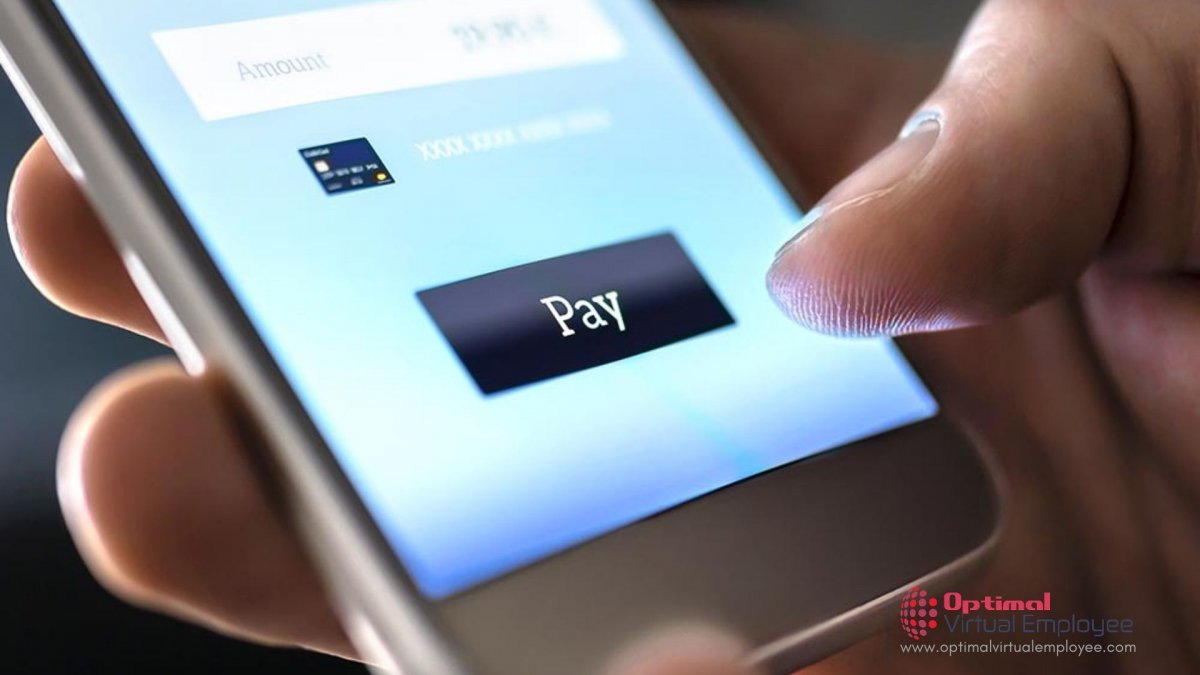Over time, we have seen a big rise in connected devices like vehicles, home security systems, appliances, and wearables. All these IoT powered devices make for a new platform that facilitates automatic purchasing. Interestingly, the Internet of Things (IoT) market is projected to grow to more than $3 trillion annually by 2026. Another useful 2019 report suggested that IoT payments will grow $7.56 billion by 2024.
Projections indicate proliferation of connected devices, which will reach over 64 billion IoT devices by 2025. Online businesses and even brick and mortar stores are amping up how they allow their customers to make payments with the help of latest technological advancements. Custom software development is the way forward for any business looking to curate touchless connected digital payments experiences.
Are you a business looking to hire offshore software developers to dive into invisible payment space? Here, in this article, we show you all the ins and outs of touchless connected experiences and how you should get one for your business:
IoT Backed Digital Payments
IoT payments are data-backed transactions made by connected devices as they order goods and services without any need for human assistance. Through Tokenization, software developers use IoT technology to curate touchless connected experiences and escalate UX’s overall client businesses. This technology generates a number of strings or tokens based on the actual card details or bank account number.
Why Connected Experiences in Digital Payments?
- Given the social distancing norms of the COVID-19 phase, connected experiences in digital payments minimize physical contacts and streamline the shopping process. Most consumers expect technology to simplify their life. The modern expectation of a frictionless experience has prompted the need for connected experience in the realm of digital payments. Shoppers are looking forward to using IoT to improve the convenience of shopping.
- The time consumed in making cash related payments takes up a big chunk of a shopper’s day. This can be brought down with these connected experiences.
- Connected experiences in digital payment backed by IoT are also useful for capturing the right kind of data. Besides transactional data, these devices are also adept at capturing experiences beyond payment transactions. Such data can be used to personalize customer experience. Brands can use this to, fuel marketing campaigns, power logistics, improve business models, and aid product development.
- Integration of ML and IoT into payments helps devices analyze consumer behaviour and predict consumption patterns. It pays the way for personalization in experiences.
- Since every token can be traced to its actual account or card number in a secure vault, i.e. a centralized server without the disclosure of primary account number, the payments are end-to-end encrypted.
Assured Security
Talking about the security front, Biometrics is fast evolving. Even Tokenization is gaining traction among merchants and solution providers. Markets are still to see how certification will define the development of IoT markets with software developers’ help. Safeguarding and standardizing the IoT ecosystem will result in wider adoption of invisible payment trends.
Some Notable Examples of Connected Experiences of Digital Payments
Amazon Go curates a state-of-the-art connected experience for its users. The stores have integrated invisible payment experiences that make the shopping experience delightful. Shoppers can simply select the items and technologies like computer vision, and ML tracks the items selected to drive an estimate of the purchase amount.
In the end this amount is then automatically deducted from the customer’s Amazon accounts. Often credited as the most seamless shopping experience, the brand focused on simplifying its users’ checkout.
In the End
Widespread digitization accelerated cashless payment ecosystem and surged in omnichannel commerce have excited consumer expectations for connected experiences. Based on the shifting consumer expectations above, the IoT presents big opportunities to streamline payments and move towards invisible payments.
Thus businesses need to ensure that they are ready to serve their customers an omnichannel experience that is hyper-relevant, contextual and highly personalized to meet their needs.
The evolution of consumer expectation had brought forth the growth of IoT to enhance and streamline payments. As we adapt to the trend of invisible payments, there are some barriers along the way when it comes to adoption and security. These impediments could curb the smooth transition to seamless connected experiences.
While mPayments, mobile wallets and smartphone penetration are still being gauged in terms of adoption, a school of thought believes connected interface payments is the more advanced version of mobile payments.
Moreover AI & Machine Learning (ML) further drive the excellence of connected experiences in digital touchless payment systems. The technologies work in combination to analyze large data sets and to make relevant decisions.
As the connected touchless experiences are becoming popular, merchants, payment providers and financial institutions need to pace with innovations in the space. Brands must hire software developers to curate stellar connected experiences when it comes to digital payments. Software developers can help businesses join this wave of connected commerce and simplify their customer’s lives with seamless experiences thanks to IoT technology. Collaborate with software developers to integrate technologies like machine learning, data analytics, sensors, Tokenization, cameras, connected cars and more.









